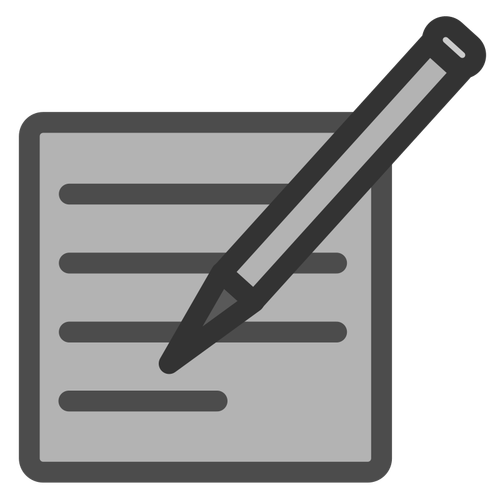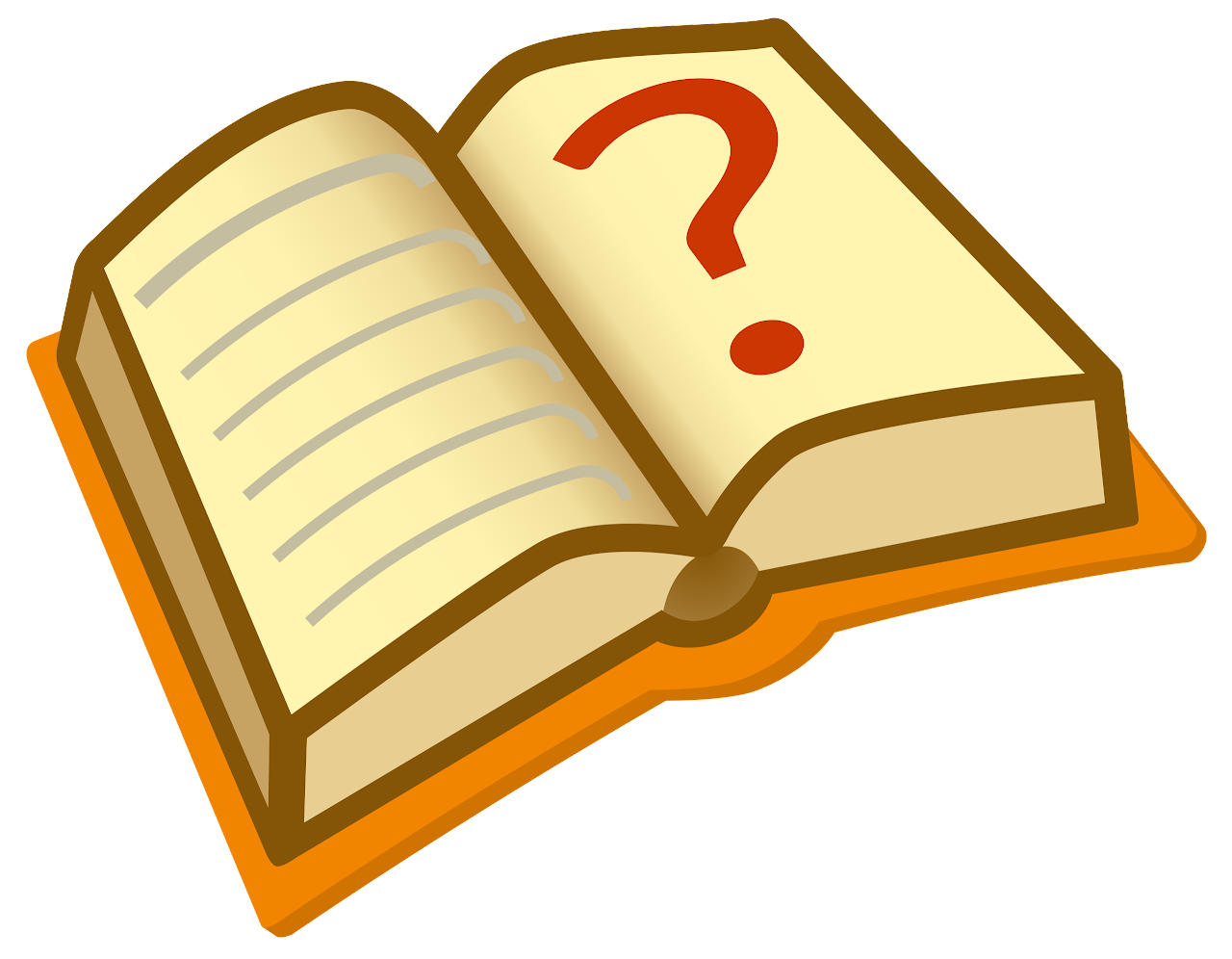- Norfolk Public Schools
- Grades 6 - 8
- Instruction
Literacy Plan
Page Navigation
- Home
- Literacy Plan Action Steps
- Preschool
- Grades K-2
- Grades 3-5
- Grades 6 - 8
- Grades 9 - 12
- Literacy Across Content Areas
- Learning Support - Special Education Services
- English Learners
- Resources for Families
- Norfolk: A Community of Readers and Writers
- READ 14.2 Initiative
- Professional Development
- Virginia Literacy Act: Overview & Updates
- Virginia Literacy Act: Required Division Documents
- Glossary of Literacy Terms
6-8 Instruction
-
Norfolk Public Schools' 6-8 Intermediate Literacy
Common characteristics of intermediate readers and writers include writing for varied purposes and audiences, reading to gain information, genre study, and reading more complex fiction and nonfiction texts. Students at this phase read with appropriate fluency and expression, and read faster when reading silently than orally. Students focus on vocabulary building and applying learned comprehension strategies.NPS 6-8 Instructional Non-negotiables
Teachers will provide learning experiences where student will read, write, communicate, and think critically in every classroom, in every school, everyday - no exceptions.

Active Reading & Annotation
-
Students must read with purpose, applying specific strategies while reading. These thought processes include asking questions, visualizing, making connections and inferences, and summarizing.
-
NCTE: "Give Students the Power to Start and Sustain Rich Discussion"

Daily Writing
- Students are challenged to read more complex texts to continually improve comprehension and analysis skills; however, students must also have opportunities to write in response to what they have read. Frequent writing helps students become more confident, capable writers, and such frequency reinforces mastery of content .
- "Write More, Grade Less"
Teachers will provide data-driven, differentiated instruction.
The Learning Accelerator: Small Group InstructionSmall Group Instruction
Daily formative assessment checks allow teachers and students to closely monitor relative mastery of specific skills. Unit tests and essays also provide teachers with meaningful insights into student performance. Armed with this information, teachers deliver customized instruction to those who need it.
Conferencing and Feedback
Teachers provide timely, targeted feedback on student writing. This allows students to better evaluate their performance and progress across several writing samples. Meaningful feedback allows students to determine their relative strengths and growth opportunities in the areas of composing, written expression, and mechanics.

Deliberate Text Selection
Classroom libraries and online resources ensure students have access to appropriate reading materials. Exposure to texts on reading level boosts confidence, while reading text selections on grade level and above promotes continuous improvement.
Components of 6-8 Literacy Instruction

Reading
-
A variety of reading material to build background knowledge and experience with different genres and text types
-
Classroom libraries
-
14.2 initiative: 14.2 minutes of additional time in text beyond the classroom
-
Explicit modeling of comprehension skills and annotation strategies including opportunities for students to practice
-
Explicit vocabulary instruction to allow students to overcome potential obstacles to comprehension
-
A balanced approach to reading where students are provided texts on both reading level and grade level (if not aligned) to increase engagement, build confidence, and strengthen skills.
-
Resources for teaching and learning
-
Savvas myPerspectives online and consumable textbooks
-
Achieve3000
-
Newsela
-

Deliberate Text Selection
Classroom libraries and online resources ensure students have access to appropriate reading materials. Exposure to texts on reading level boosts confidence, while reading text selections on grade level and above promotes continuous improvement.
Components of 6-8 Literacy Instruction

Reading
-
A variety of reading material to build background knowledge and experience with different genres and text types
-
Classroom libraries
-
14.2 initiative: 14.2 minutes of additional time in text beyond the classroom
-
Explicit modeling of comprehension skills and annotation strategies including opportunities for students to practice
-
Explicit vocabulary instruction to allow students to overcome potential obstacles to comprehension
-
A balanced approach to reading where students are provided texts on both reading level and grade level (if not aligned) to increase engagement, build confidence, and strengthen skills.
-
Resources for teaching and learning
-
Savvas myPerspectives online and consumable textbooks
-
Achieve3000
-
Newsela
-

Writing
-
Explicit instruction relating to composing, written expression, and mechanics
-
Frequent application of writing process (plan, draft, evaluate, revise, edit)
-
Responding to fiction/nonfiction texts
-
Expository, persuasive, and narrative writing
-
-
Analysis/evaluation of anchor papers to distinguish between consistent, reasonable, and inconsistent control of specific skill sets
-
Peer and self-evaluation to increase engagement in the writing process
-
Student goal-setting based on teacher's specific feedback (assessment FOR learning)
-
Resources for teaching and learning
-
SAVVAS myPerspectives online and consumable textbooks
-
No Red Ink
-
-

